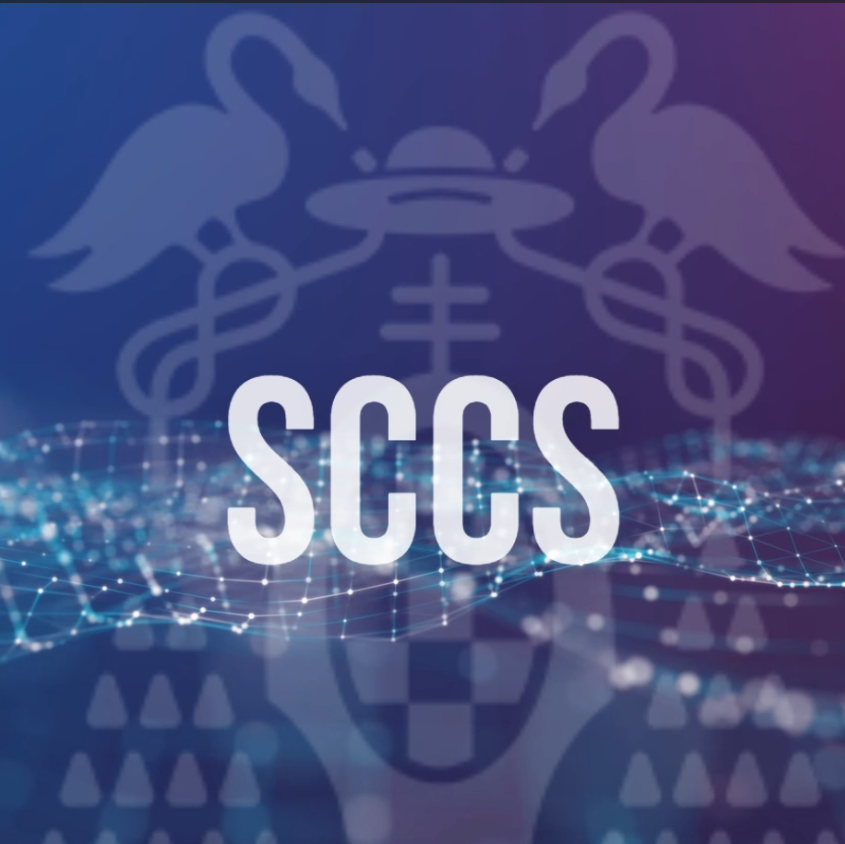López Requena y Pablo-Martí (2023) SCCS-UAH Working Paper 202301 (download).
The 16th century witnessed an increase in travel, which spurred the creation of route maps and printed itineraries across Europe. Despite early publications like Erhard Etzlaub’s Rom Weg (1500) and Martin Waldssemüller’s Carta Itineraria Evropae (1511), printed itineraries enjoyed greater editorial success. Catherine Delano-Smith states that itineraries were more useful than maps for travel planning. This is exemplified by British merchant Thomas Buttler’s use of the Gough map in his commercial activities, predominantly in itinerary format.
A notable example is the «Reportorio de Meneses» (1568), a key cartographic work of the time, with evidence of two distinct prints in the same year, reflecting its immediate acceptance and success. This document used a standardized unit of measure, the legua castellana de camino, suggesting some uniformity in distance measurement practices of that era.
Abraham Ortelius, in his cartographic work, heavily relied on Meneses’ «Reportorio,» using its itineraries to place localities on his map. This is evident in his map of the Iberian Peninsula, where over 48% of the localities mentioned in Meneses also appear in Ortelius. The relationship between the localities marked by Ortelius and those in Meneses’ Reportorio indicates that the latter was not just a minor influence, but one of the main sources for the cartography of the period.
This study highlights the significance of printed itineraries and their influence on the cartography of the era. The preference for itineraries over detailed maps for travel planning and the standardization of measurement units reflect a practical adaptation to the needs of 16th-century travelers. Meneses’ work, in particular, proves to be a vital source for understanding the communication network and cartography of Spain during the period.
